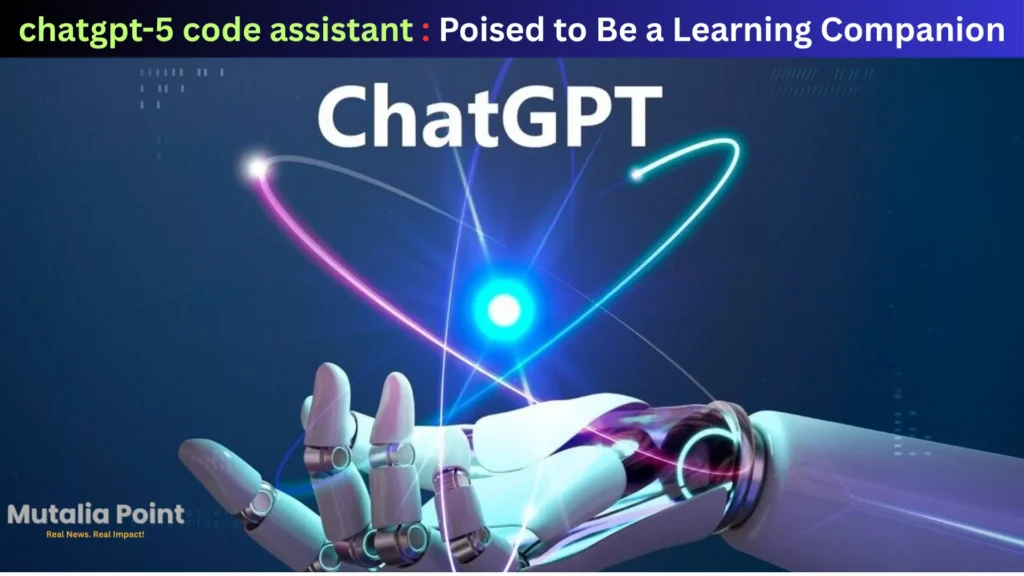chatgpt 5 coding is making waves in the tech world, bringing new power and precision to how code is written. With its latest advancements, GPT-5 stands out not just for speed, but for being a smarter, more dependable assistant for programmers and learners alike.
chatgpt 5 coding improvements Transforming Developer Workflows
The biggest news: chatgpt coding improvements are reshaping how developers approach writing and debugging code. GPT-5 produces cleaner, more accurate code snippets than earlier versions. For students and novice programmers, this means fewer errors and better guidance. For professionals, it speeds up mundane tasks like refactoring or fixing mistakes.
Another major leap is in understanding context. Unlike previous models that sometimes missed details, GPT-5 remembers what you’ve asked and applies it throughout a conversation. You can say “optimize this function” or “explain line 10 again,” and it responds reliably. That kind of follow-up capability feels a lot like working side-by-side with a human tutor.
These improvements mean less time debugging and more time learning or building—especially valuable for students, hobbyists, and small teams without deep technical resources.
chatgpt 5 code assistant Poised to Be a Learning Companion

Beyond just writing code, chatgpt-5 code assistant features are now extending into the realm of teaching. GPT-5 can explain coding logic in simple terms, break down steps clearly, and even suggest better approaches. For a 10th-grade student tackling homework or an aspiring coder building a small project, this is a game-changer.
Learning coding fundamentals becomes more interactive. Want to know why a loop works a certain way? GPT-5 doesn’t just give an answer—it walks through each step. Need help naming variables, writing comments, or formatting code neatly? It helps with that too, reinforcing good habits early on.
Seeing code and getting instant, clear explanations helps learners build confidence. It lets them experiment, ask why something fails, and understand solutions—all with immediate feedback. That’s something many school classrooms struggle to offer.
If you know gitub read our another article.
| Feature | Old ChatGPT | New ChatGPT |
|---|---|---|
| Model name / generation | Earlier GPT versions (e.g., GPT-3 / GPT-4 family) | Latest GPT-5 generation with upgraded reasoning and coding focus |
| Code accuracy | Good but sometimes produced syntactic or logical errors requiring manual fixes | Higher accuracy with fewer bugs and better language-specific conventions |
| Context & memory in sessions | Limited short-term context; could lose track of earlier instructions | Stronger context retention and follow-up handling across multi-turn coding tasks |
| Debugging help | Identified errors but often gave generic suggestions | Offers targeted fixes, step-by-step debugging and alternative implementations |
| Explainability for learners | Explains concepts but sometimes with advanced wording | Clearer, simpler explanations tailored for beginners and students |
| Speed & responsiveness | Fast for short snippets; occasionally slow on complex prompts | Optimized response generation for larger code blocks and multi-file suggestions |
| Tooling & integrations | Basic code completion and API support | Richer code toolset: better completions, refactors, and IDE/plugin support |
| Safety & hallucinations | Occasional factual or code hallucinations | Improved guardrails and confidence scoring to reduce incorrect outputs |
| Multimodal / execution features | Primarily text-based with limited execution or file handling | Enhanced ability to reason about code, simulate outputs, and handle richer inputs |
| Best use cases | Prototyping, idea generation, straightforward scripts | Learning, production-grade scaffolding, complex debugging, and tutoring |
















